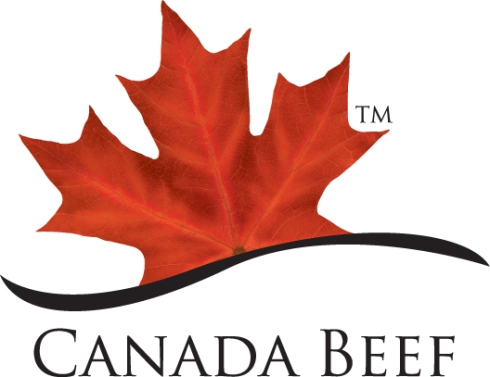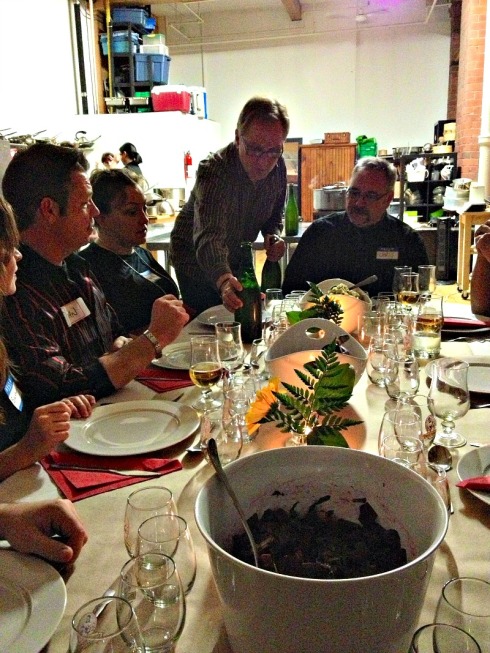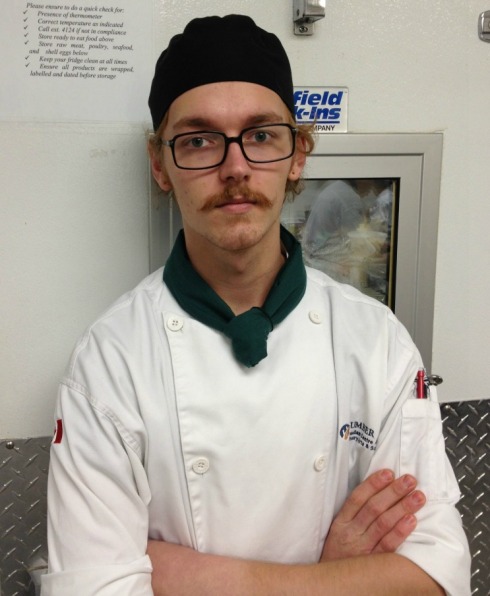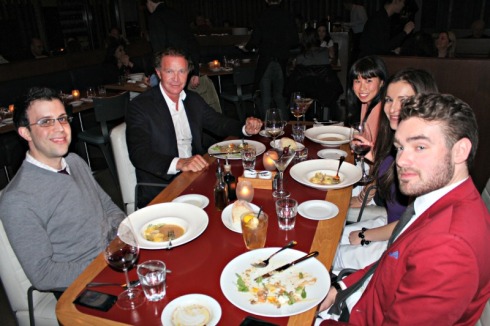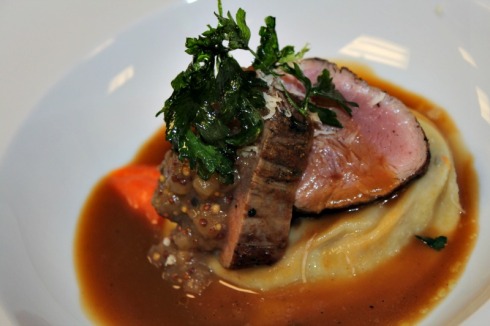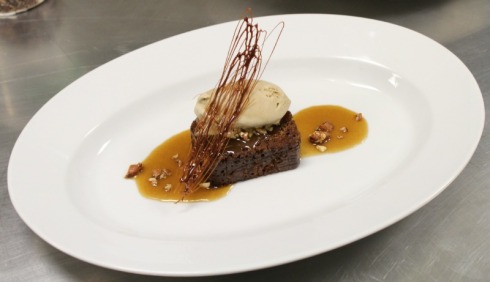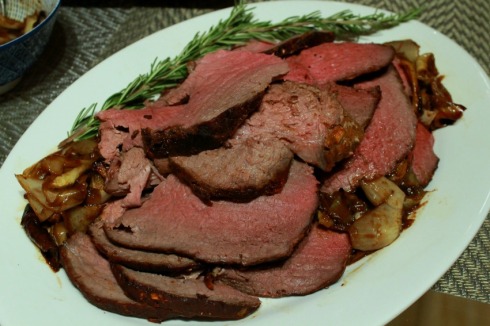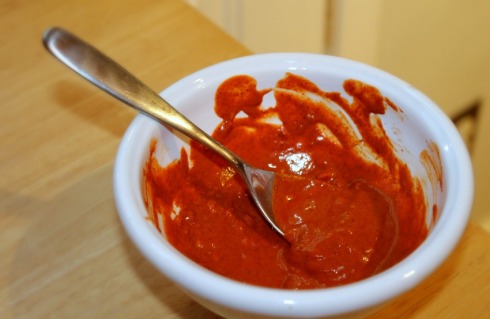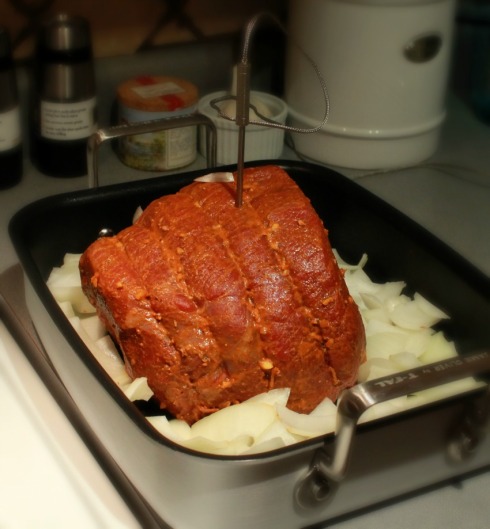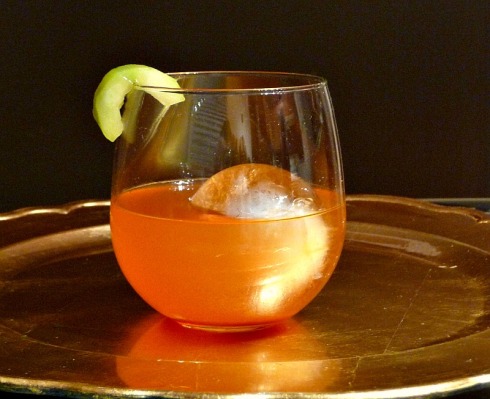
Here’s a little piece of info I’m not sure I’ve shared before with readers of Communal Table. A long time ago (about 10 years or so), in a land far, far away (Winnipeg, Manitoba), I was hired in my first job as a trade magazine editor. The task: create Canada’s first magazine devoted entirely to the potato. As a twenty-something from Toronto who’d never set foot on a farm, let alone pulled a potato from the earth, I immediately thought two things: one, the magazine was destined to be a spectacular failure; and two, my career in magazine publishing was going to be brief and disasterous.
A decade later, I can happily report that I’m still working in magazines. And, my colleagues and I managed to create a successful magazine (which is still publishing today, long after my reign ended). As dumbfounded as I was by the idea that some city kid should be running a magazine devoted to Canada’s most important produce crop, I really enjoyed the time I spent learning about all aspects of potato growing, production and marketing. So when Jenny and I were invited to participate in a food blogger competition, sponsored by Ontario’s own EarthFresh, to create a recipe using the company’s Klondike Rose potatoes for its Foodies for Klondike Rose Contest, I jumped at the chance to shine a spotlight on potatoes once again.
After brainstorming a few recipe ideas, my mind drifted to a barbecue we’d been at a couple weeks earlier, where a friend made smoked pulled pork. While I’ve smoked meats and fish a couple times, I’d never tried to smoke a potato. And since Jenny and I are always up for a new culinary challenge, the idea behind this recipe for smoked potato towers with chorizo and arugula pesto took shape from there.

This recipe is essentially a three-part process. While it’s time-consuming to prepare the homemade chorizo (which I did Mexican style, in that there’s no sausage casing, but using more Spanish flavours), make the arugula pesto and smoke the potatoes, none of the steps are difficult. This is a definite weekend dish, something to share with friends or family while sitting on a patio and enjoying summer.

Smoked Potato Towers with Chorizo and Arugula Pesto (Serves 4)
For the arugula pesto:
1/3 C grated Pecorino Romano cheese
2 large handfuls arugula, chopped
1 handful parsley, chopped
1 handful of pine nuts, lightly toasted in a dry pan
1/4 C good olive oil, preferably Spanish
A pinch of salt
Add all ingredients into a food processor. Blend until well combined, adding a few more drizzles of olive oil as you go to get the right consistency (you want it fairly thick, but more of a puree than a paste).
For the chorizo:
1 lb ground pork
1 large garlic clove, finely diced
2 tsp smoked paprika
1 tsp cumin
½ tsp fennel pollen or crushed fennel seeds
1/2 tsp cayenne
3/4 tsp ground black pepper
3/4 tsp salt
1/4 cup water
Mix all spices in a small bowl, and stir in water to make a thin paste. Place ground pork in a larger bowl. Add spice paste and diced garlic and use your hands to combine all ingredients. Cover and refrigerate at least 3 hours, but preferably overnight, to allow flavours to come together.
For the smoked potatoes:
Cut potatoes lengthwise into slices roughly half an inch thick. Use one or two potatoes per person – you should be able to get roughly four oval-shaped slices from each potato.
Coat potato slices in olive oil and a sprinkle of salt. Lay slices on a barbecue-safe pan that will fit across the middle of your grill.
Set up your grill to smoke over indirect heat. (I have a gas grill, so that’s the type of BBQ I know how to smoke on. If you’ve never smoked on a gas grill, here’s a good how-to video). Once your chips have started to smoke, place your pan of potato slices on your middle grate. Close the lid and let the potatoes cook at about 250 degrees F for 30 to 40 minutes. Resist the temptation to lift the lid during the cooking process, since doing so releases smoke needed to flavour the potatoes. Do check the potatoes at the 30-minute mark to see if they’re cooked through. If not, let them cook another five or 10 minutes until they’re finished – the slices should have a nice brown crust on the outside without being burnt, and the inside should be cooked but still fairly firm. Remove potatoes from the BBQ.
While potatoes are smoking, brown the chorizo in a pan over medium heat. Add 1/2 C of red wine. Lower heat and let chorizo simmer for 10 minutes or so, until some of the wine has been absorbed.
To assemble, place one smoked potato slice on a plate. Spread a spoonful of pesto across the slice, and top with a spoonful of chorizo. Top with another potato, spread with another spoonful of pesto, then add another spoonful of chorizo. Top with another smoked potato slice, and sprinkle a pinch of smoked paprika over top to garnish.
Serve as an appetizer, or enjoy as a main with salad and grilled vegetables.

Tags: BBQ, homemade chorizo, smoked potatoes, summer

